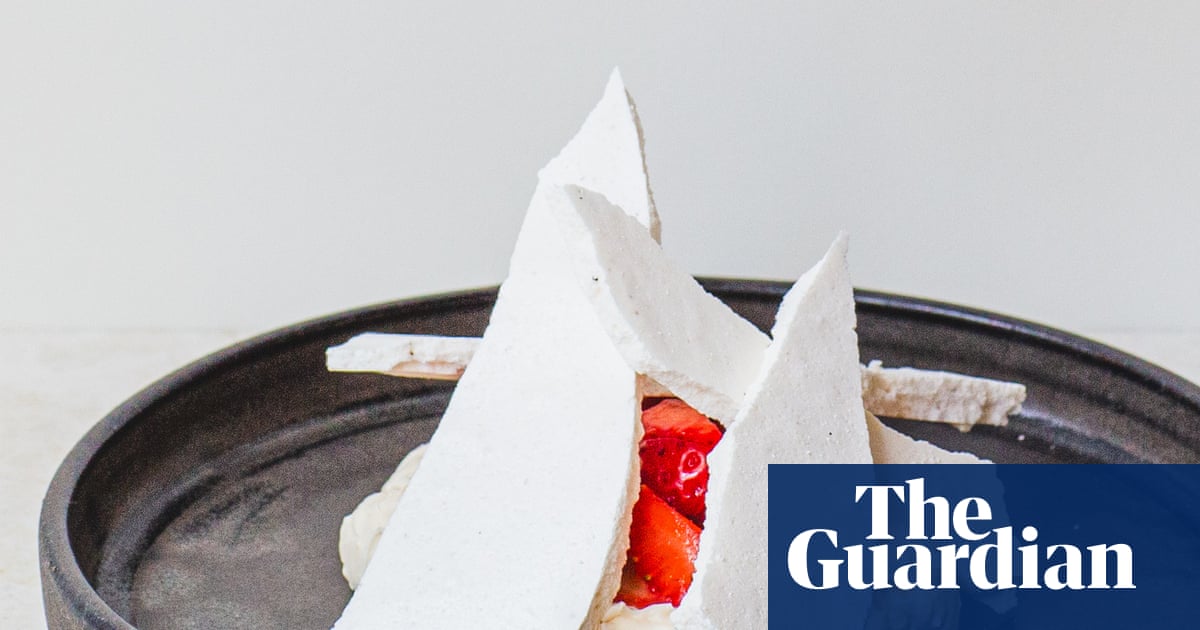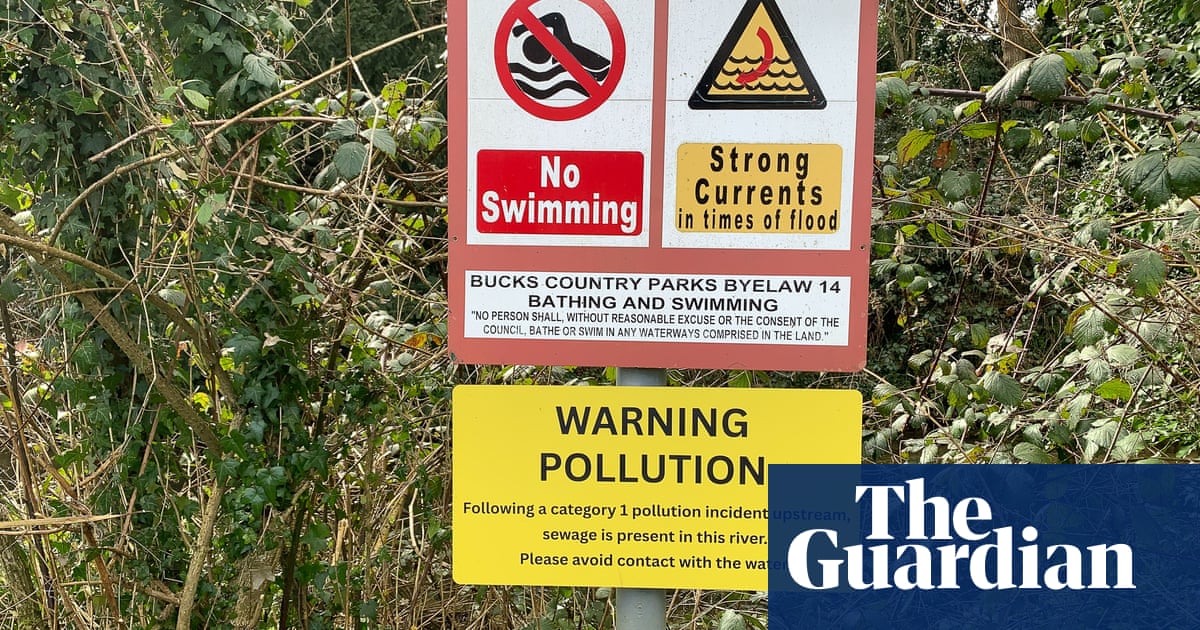When the gut health revolution began a decade or so ago, few could have predicted the sheer variety of pre- and probiotic foods that we would come to embrace in our diets. From kimchi and natural yoghurt to fibre-rich jerusalem artichoke and probiotic shots, microbiome-nourishing foods and supplements once deemed left-field have become everyday essentials for many – with plenty of evidence that they help our gut bacteria to thrive.
While many of us assume that diet is the only way to feed the trillions of microorganisms (including bacteria, fungi and viruses) that make up the microbiome, there are myriad daily habits that can help nurture this important part of the body.
“Diet often takes centre stage in discussions about the gut microbiome, and rightly so – it plays a major role,” says Dr Emily Leeming, a scientist, dietitian and research fellow at King’s College London, and author of Genius Gut. “But it’s just one part of a much bigger picture. Our entire lifestyle – from stress levels and sleep quality to time spent outdoors – profoundly shapes our gut health. Everything we come into contact with can influence the ecosystem that lives there.”
Since the gut has a big influence on all aspects of our physical and mental health, it makes sense to look after the microbiome that drives it. Here are just a few ways to do that.
Kiss
You may have to kiss a lot of frogs before finding your prince – but here’s an upside: each (French) kiss can transfer up to 80m microbes in just 10 seconds, making some of those awkward dates potentially worthwhile … at least for your gut.
“The mouth is the gateway to your gut and digestive tract, and it’s home to billions of bacteria that can easily make their way down,” says Leeming. But before you pucker up, there is a catch. “It does matter who you kiss,” says Amati. “If someone has strep throat or an imbalanced oral or gut microbiome (which can manifest as persistent bad breath, tooth decay and bleeding gums), those are not microbes you want to share.”
The more intimate we are with another person generally, the more microbes we will exchange – so pick your relationships wisely.
Get in the garden
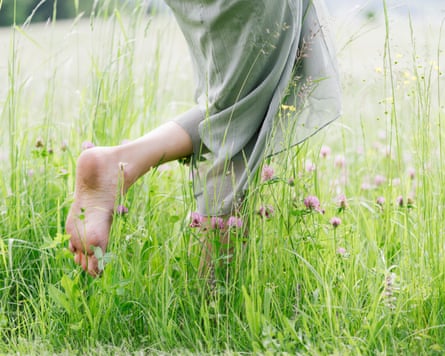
Soil is “the richest habitat on the planet” and contains billions of beneficial microbes that can make their way into and on to the body, says Leeming. In fact, a remote group of Amazonian hunter-gatherers, who live in close contact with nature and walk barefoot on nutrient-rich soil daily, were found to have the most diverse gut microbiota ever recorded in humans.
Most of us wear shoes outdoors, but there are gut health benefits to be gleaned from going barefoot in the park, as well as spending time in forests and getting our hands dirty in the garden or allotment. Not only do these activities boost mental wellbeing, they’ve also been linked to greater microbial diversity. Research shows that people – especially children – who garden tend to have more diverse gut microbiomes than those who don’t.
The more we can engage with the natural environment, the better, whether that’s tending to a house plant or hugging a tree. “Forest air is much richer in beneficial microbes than the air inside, so even breathing fresh air can improve your health,” says Leeming.
Cook, then cool, your carbs
Make the most of starchy, carbohydrate-rich foods, such as potatoes, rice, pasta and bread by allowing them to cool after cooking, and then eating them. This creates resistant starch, a type of carbohydrate that resists digestion in the small intestine. “Instead, it reaches the large intestine, where our good bacteria feed on it,” says nutritionist Emily English. “In doing so, they produce compounds that help maintain a healthy gut lining, reduce inflammation and even support blood sugar balance.” You can reheat these foods after they have been cooled and the resistant starch will remain.
Whether it’s a pasta dish you eat the next day or fresh bread you freeze and toast later, this simple kitchen hack transforms the gut-boosting potential of everyday foods, making them better for your gut than they were when you first cooked them. “Overnight oats and not-quite-ripe green bananas also offer plenty of resistant starch,” says English.
Take a breath
A growing body of research shows our gut microbiome and emotional wellbeing are intrinsically linked. Stress and mood disorders such as depression can even affect the composition of our gut bacteria. Most of us can’t just opt out of stressful lives or situations, but we can tap into our breathing. Deep, conscious breathing activates the parasympathetic nervous system (our body’s “rest and digest” mode) promoting repair, regeneration and a calmer state of mind.
“When we use the breath in a certain way, we speak the nervous system’s language,” says transformational breathwork coach Rob Rea. “This helps the body shift out of the high alert, fight-or-flight sympathetic response and into the parasympathetic rest-and-repair mode. In this calmer state, the body’s systems can work at their best, restoring balance, repairing everyday wear and tear, and counteracting the effects of stress.”
By contrast, when we remain stuck in fight-or-flight, the body diverts resources away from functions such as digestion, channelling blood toward the muscles that would have helped us escape a threat in the wild. This survival strategy leaves the digestive system under-resourced, slowing motility, reducing blood flow and limiting the production of digestive enzymes to break down food. Shifting back into the parasympathetic state reverses that pattern, allowing digestion to resume its full function, with improved circulation, healthy motility and better nutrient absorption.
Before breathwork, Rea encourages his clients – who include business executives and celebrities – to master the simple (but surprisingly difficult) practice of sitting still, in silence, for five minutes a day. “It sounds easy, but with attention spans now hovering around eight seconds, it’s more challenging than ever,” he says.
after newsletter promotion
Once that foundation is in place, the breathwork begins. He uses the acronym N-G-S-E: Nose, Gentle, Slow and Expansive as a memorable guideline. “Start by breathing in through your nose for a count of three, then out for three,” he recommends. “When that feels comfortable, build up to five or six counts. From there, begin to lengthen the exhale through the nose: breathe in for five, out for seven. An extended exhale always slows the heart rate and signals to the nervous system that it’s time for calm.”
Eat dark chocolate
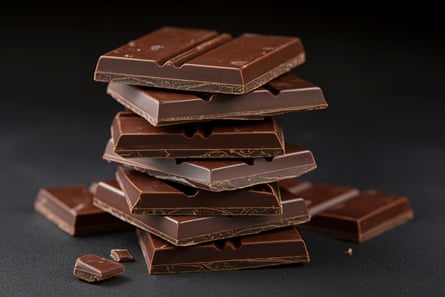
If you consume the right kind, chocolate can be good for your gut health. “Dark chocolate – made of at least 75% cocoa – is rich in powerful plant compounds called polyphenols, which feed your good microbes and act as antioxidants in the gut,” says Dr Federica Amati, head nutritionist at the wellness company Zoe and author of Every Body Should Know This. “We tend to forget that chocolate is made from fermented beans, so you can also count it as one of your 30 plants a week.” With an array of healthy minerals, fibre and other micronutrients, just be sure you choose options that contain as few ingredients as possible – Lindt Excellence Dark 85% Cocoa and Green & Black’s Organic Dark 85% Chocolate are great options.
Gargle and hum
The vagus nerve – which connects the brain to a number of different organs, including the gut – runs from the brainstem down through the neck to the abdomen. According to Leeming, it is one of the most direct ways that the gut can communicate with the brain. “Certain beneficial bacteria produce neurotransmitters – like gamma-aminobutyric acid and serotonin – that stimulate vagal receptors in the gut wall,” says Nahid de Belgeonne, somatic movement educator and author of Soothe.
Research suggests that people with higher vagal tone (the level of activity of the vagus nerve) tend to have more diverse and balanced gut microbiomes – and vice versa. “If the vagus nerve is impaired, it can contribute to conditions in your gut that make it harder for your microbiome to thrive, like slowing gut motility and reducing the release of digestive juices,” says Leeming, “although it is just one of many factors that influence gut health.”
While more research is needed, stimulating the vagus nerve in certain medical settings has been shown to influence gut motility (the movement of food through the digestive system) and improve microbial balance, inflammation control and immune function. But where to start? “Gargling is a simple technique – the mechanical stimulation of the throat muscles activates vagal pathways,” advises De Belgeonne. “Singing and laughing also create beneficial vibrations and emotional shifts that are believed to enhance vagal tone.”
Other simple practices include humming while exhaling, or massaging the sides of the neck, especially around the sternocleidomastoid muscle on either side, where the vagus nerve runs close to the surface.
Get a dog
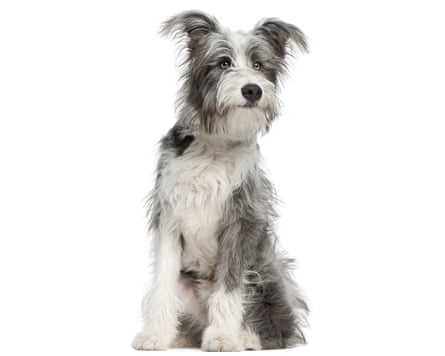
“The people we live with – whether family, friends or flatmates – can influence our gut health, and the same applies to the animals who share our homes,” says Amati, adding that those with pets are more likely to have diverse gut microbiomes. Why? Because we naturally exchange bacteria with those we are in close proximity to. And our pets – whether we like it or not – are curious creatures who like to nudge their noses into all sorts of questionable places, exposing themselves (and, by extension, us) to a wider variety of microbes.
Studies show that early-life exposure to furry pets (such as cats and dogs) both before and in the first few months after birth, can enrich the gut microbiome with beneficial bacteria, such as ruminococcus and oscillospira. They are linked to a reduced risk of childhood allergies, including asthma, as well as lower rates of obesity.
The benefits don’t stop there. In adults over the age of 65, canine companionship has been shown to increase populations of beneficial bacteria, while simultaneously suppressing harmful strains. So if you needed another reason to welcome a pet into your home, your gut just gave you one.

.png) 1 month ago
37
1 month ago
37

































